Risk management system
Alphaland Corporation and its subsidiaries (the Group)’s principal financial instruments are composed of cash and cash equivalents, loans payable, and long-term debt. The main purpose of these financial instruments is to provide funds for the Group’s operations. The Group has various financial instruments such as trade and other receivables, trade and other payables, customers’ deposits, and advances to and from related parties, which arise directly from its operations.
The Board of Directors (BOD) of the Group has overall responsibility for the establishment and oversight of the Group’s risk management framework. The Group’s risk management policies are established to identify and manage the Group’s exposure to financial risks, to set appropriate transaction limits and controls, and to monitor and assess risks and compliance to internal control policies. Risk management policies and structure are reviewed regularly to reflect changes in market conditions and the Group’s activities.
The Group has exposure to equity price risk, credit risk, interest rate risk and liquidity risk from the use of its financial instruments. The Group’s exposure to foreign currency risk is minimal as it does not normally enter into transactions in currencies other than its functional currency. The BOD reviews and approves the policies for managing each of these risks.
Equity Price Risk
The Group’s exposure to equity price risk pertains to its investment in quoted ordinary shares, which is classified as AFS investment in the consolidated balance sheets. Equity price risk arises from the changes in the levels of equity indices and value of individual stocks traded in the stock exchange. The effect of possible change in equity indices on the Group’s equity is minimal.
Credit Risk
The Group trades only with recognized and creditworthy third parties. It is the Group’s policy that all customers who wish to trade on credit terms are subject to credit verification procedures. In addition, receivable balances are monitored on an ongoing basis with the result that the Group exposure to bad debts is not significant. For transactions that are not denominated in the functional currency of the Parent Company, the Group does not offer credit terms without the specific approval of the Chief Finance Officer.
With respect to credit risk arising from the other financial assets, the Group’s exposure to credit risk arises from default of the counterparty, with a maximum exposure equal to the carrying amount of these instruments.
Since the Group trades with recognized third parties and related parties, there is no requirement for collateral. There are no other concentrations of credit risk within the Group.
Credit Quality of Financial Assets – The credit quality of financial assets is managed by the Group using internal credit ratings such as high grade and standard grade.
High Grade – pertains to deposits or placements to counterparties with good credit rating or bank standing. For receivables, this covers accounts of good paying customers, with good credit standing and are not expected by the Group to default in settling its obligations, thus credit risk exposure is minimal. This normally includes large prime financial institutions, companies and government agencies.
Standard Grade – other financial assets not belonging to high quality financial assets are included in this credit rating.
Interest Rate Risk
Interest rate risk arises from the possibility that changes in interest rates will affect future cash flows or the fair values of financial instruments. The Group’s exposure to interest rate risk relates primarily to its financial instruments with floating interest and/or fixed interest rates. Fixed rate financial instruments are subject to fair value interest rate risk while floating rate financial instruments are subject to cash flow interest rate risk. Re-pricing of floating rate financial instruments is done every three to six months. Interest on fixed rate financial instruments is fixed until maturity of the instrument.
The Group’s exposure to the risk of changes in market interest rates relates primarily to the Group’s long-term debt subject to floating interest.
The other financial instruments of the Group are noninterest-bearing and, therefore, not subject to interest rate risk.
Liquidity Risk
Liquidity risk is the risk that the Group will not be able to settle or meet its obligations on time. Management is responsible for liquidity, funding as well as settlement management. In addition, management oversees liquidity and funding risks, related processes, and policies. The Group manages its liquidity risk based on business needs, tax, capital or regulatory considerations, if applicable, through numerous sources of finance in order to maintain flexibility.
The Group also maintains a balance between continuity of funding and flexibility. The policy of the Group is to first exhaust lines available from affiliated companies before local bank lines are availed of. The Group seeks to manage its liquid funds through cash planning on a weekly basis. The Group uses historical figures and experiences and forecasts from its collections and disbursements. As part of its liquidity risk management, the Group regularly evaluates its projected and actual cash flows. It also continuously assesses conditions in the financial markets for opportunities to pursue fund raising activities. Also, the Group only places funds in the money market that are exceeding the Group’s requirements. Placements are strictly made based on cash planning assumptions and covers only a short period of time.
Capital Management
The primary objective of the Group’s capital management is to ensure that the Group has sufficient funds in order to support its business, pay existing obligations, and maximize shareholder value. The Group manages its capital structure and makes adjustments to it, in light of changes in economic conditions. To manage or adjust the capital structure, the Group may obtain additional advances from stockholders, adjust the return capital to stockholders or issue new shares. The Group monitors capital using the monthly cash position report and financial statements. The Parent Company is not subject to externally imposed capital requirements. Certain subsidiaries, however, are required to maintain a debt to equity ratio as provided in the loan agreements.
